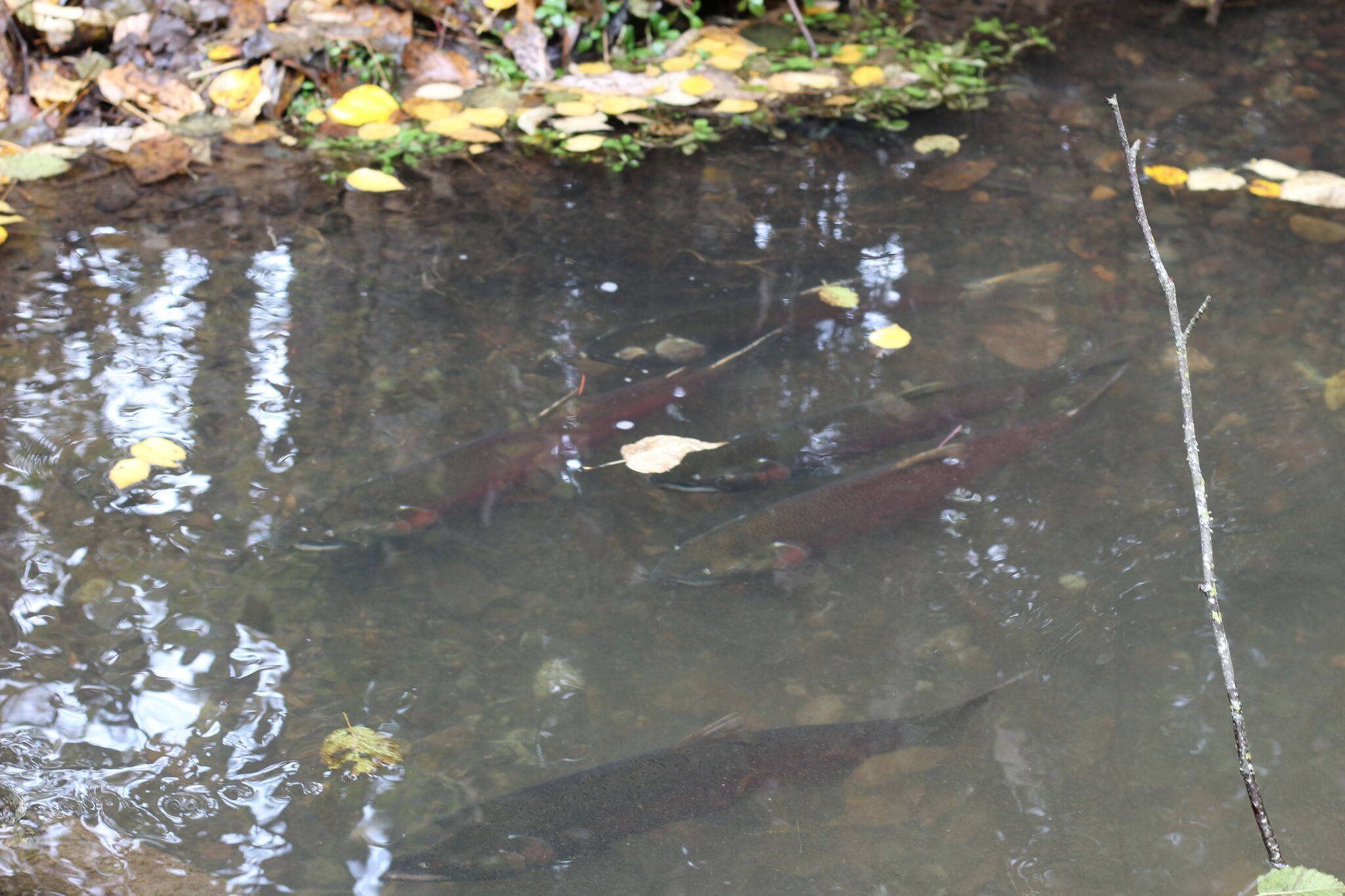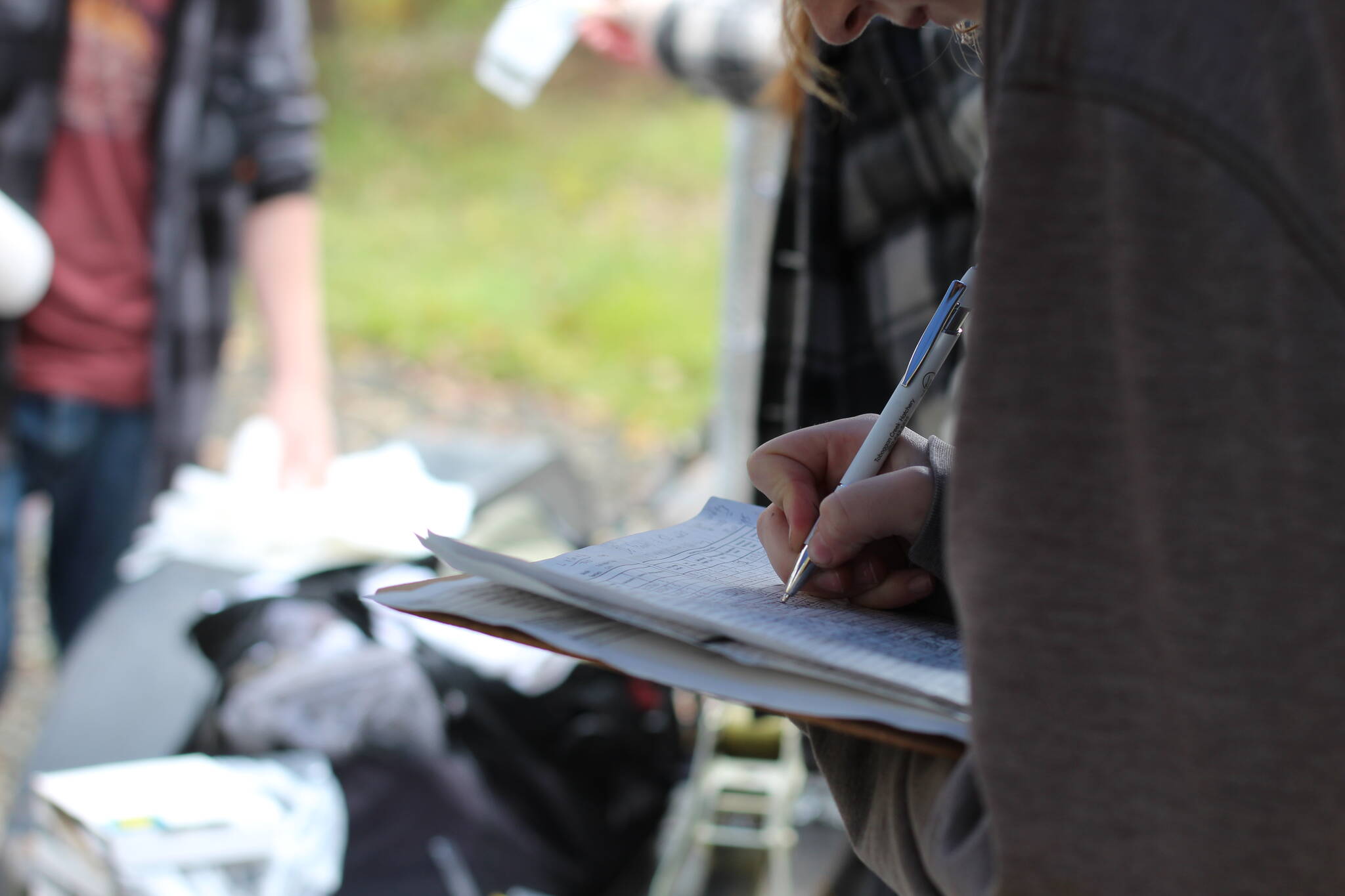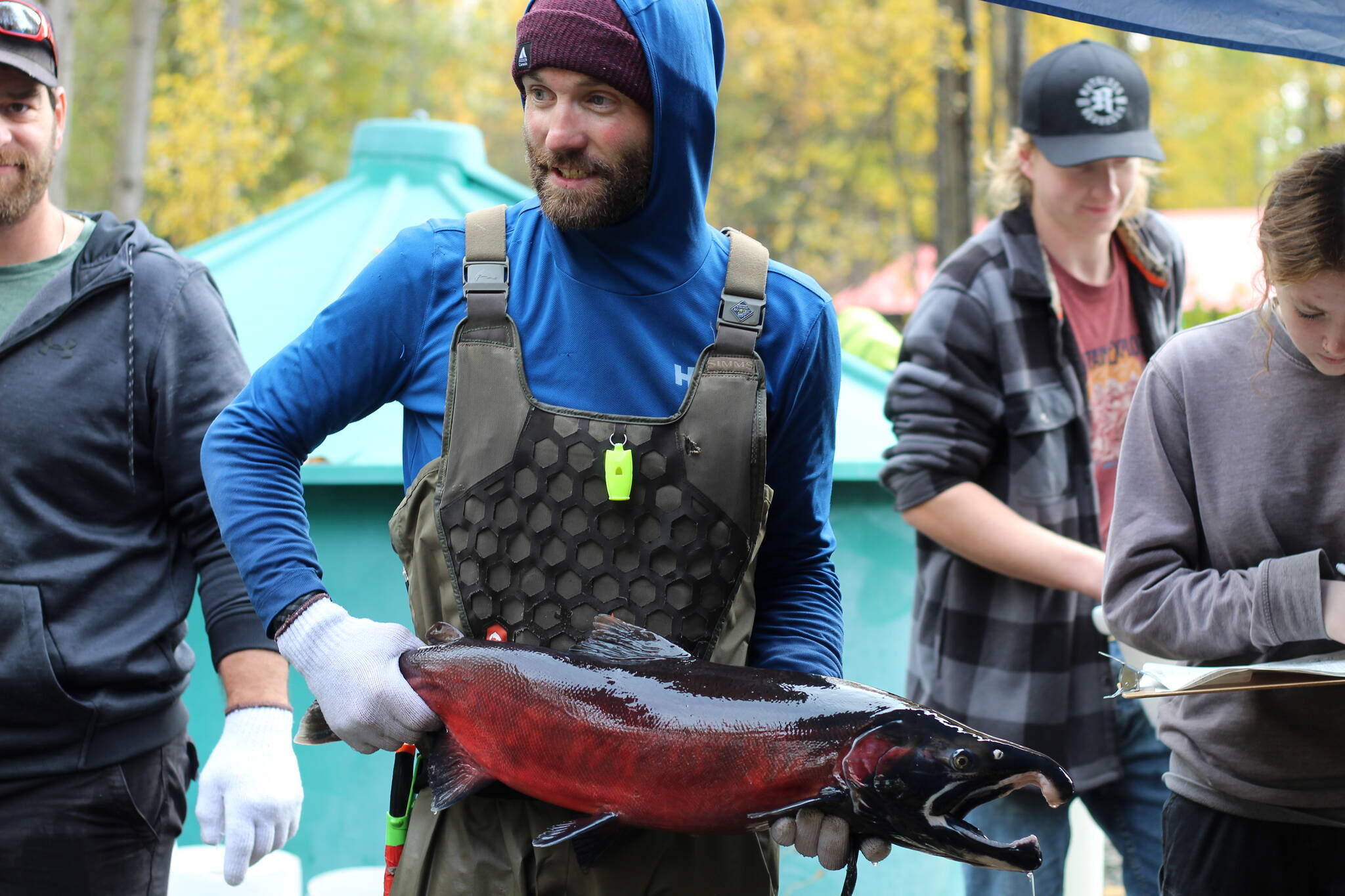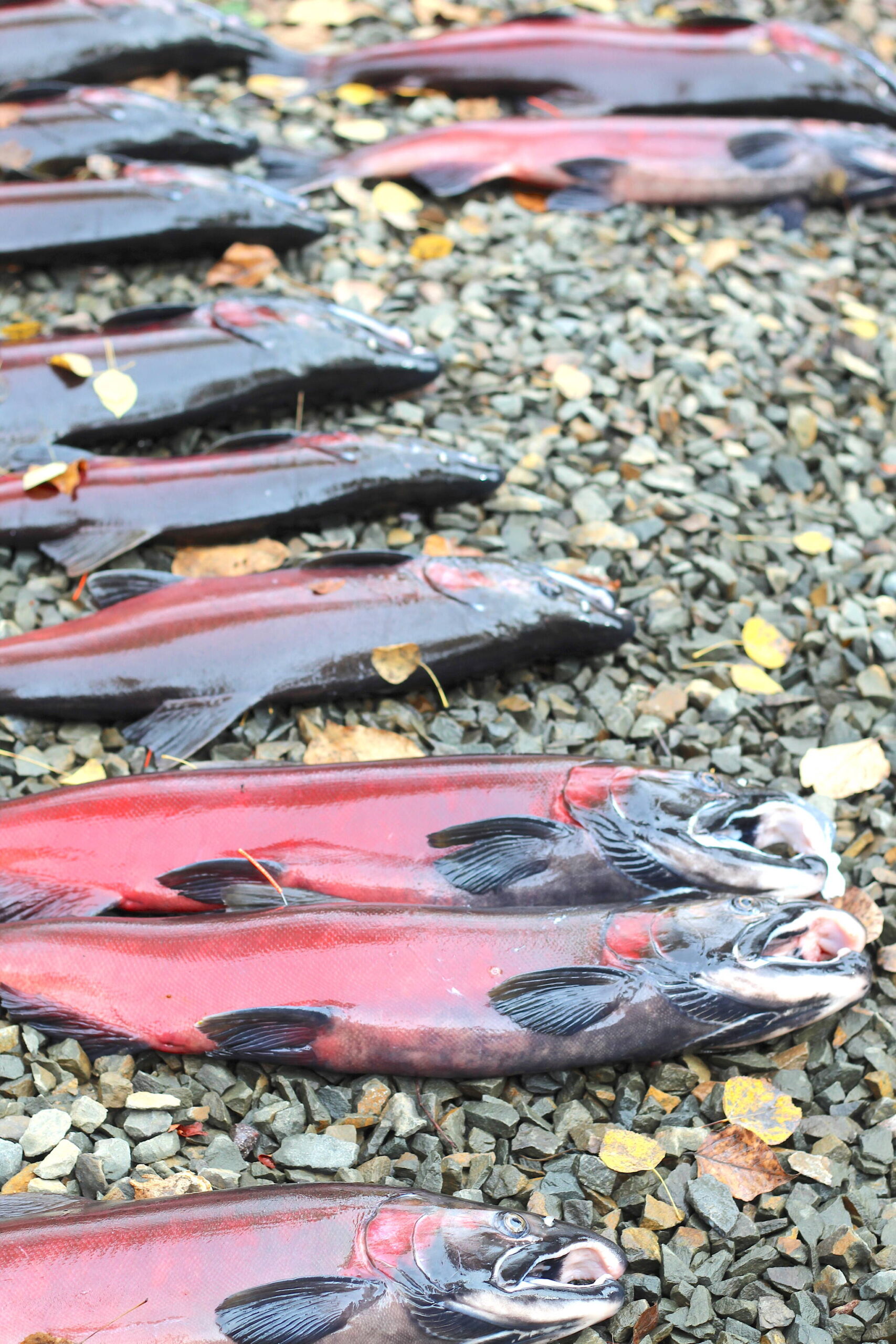The Toboggan Creek Hatchery, the furthest inland hatchery in B.C., has a couple of purposes. The first is to raise salmon to maintain or rebuild salmon populations and the other is to collect data to help Fisheries and Oceans Canada (DFO) manage stocks.
It also provides education to the public.
Hatchery employees were busy last week creating coho.
The hatchery is contracted to raise 35,000 coho per year by DFO.
It’s these populations, which the organization monitors closely through yearly assessments, that largely inform DFO’s policies pertaining to coho in the area.
“Toboggan Creek Hatchery is the only coho indicator stock in the Skeena watershed,” said Toboggan Creek Hatchery Manager Kris Bulloch. “Through our ongoing assessment activities, we have been providing uninterrupted Coho salmon exploitation, ocean distribution and survival data for more than 35 years.”
First adult coho are captured from the stream and then they are held in circular tanks. The males are separated from the females.
The males are milked and the mil is put into a small bag. The males that are used, are killed afterward.
Next the females are humanely killed, hung and the eggs are removed. The fish carcasses are donated to the Northern Lights Wildlife Shelter for bear feed.
The eggs then get fertilized with milk from males in a bowl. Then they are incubated.
During the process, data is collected all along the way. A piece of the fin is kept from the males so that salmon lines can be identified through DNA and Bulloch said it gives an accurate ocean survival rate.
The coho are kept in facilities for as long as a year until they reach the pre-smolt stage.
Before releasing the fish, their adipose fins are clipped. Clipped adipose fins differentiate hatchery salmon from wild salmon. Coded wire tags are implanted into the heads of fin-clipped fry to identify which hatchery they came from.
The DFO has head recovery programs for public, commercial and First Nations fisheries. Fisheries also gets information from tagged fish that return to the hatcheries.
Bulloch said the tags provide data that is helpful for developing salmon management policies and understanding the life cycles of various species and stocks.
The hatchery has been collecting data since 1985.




